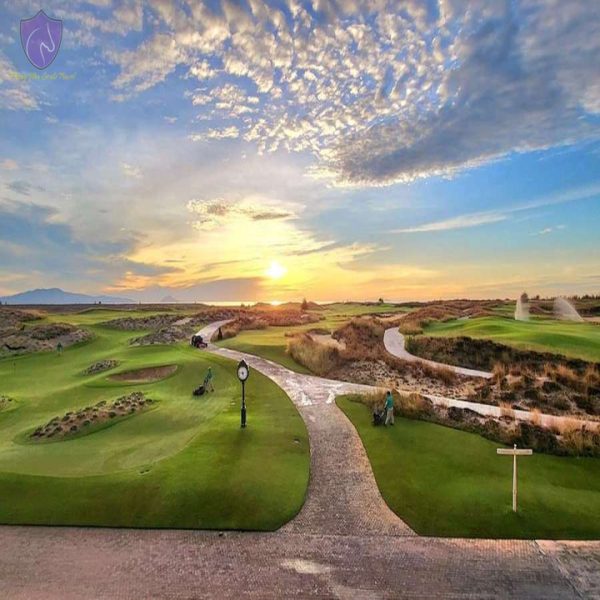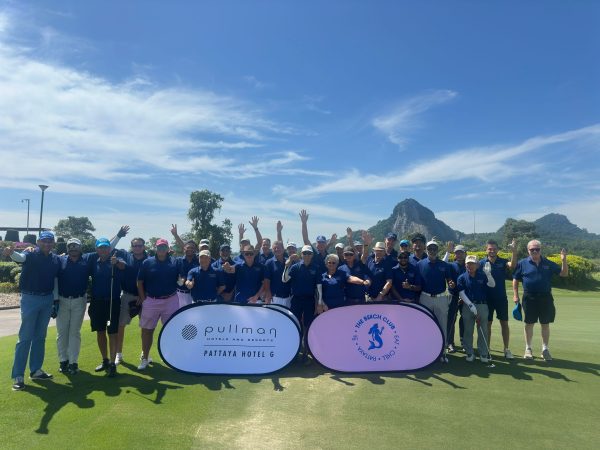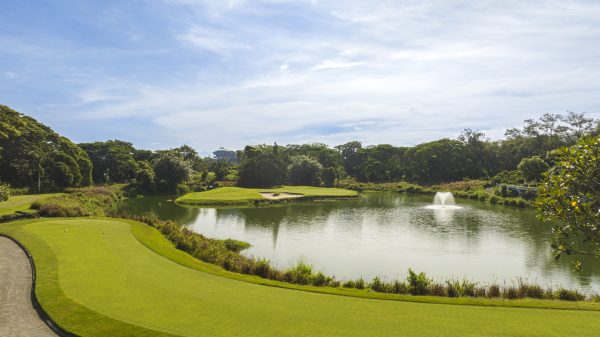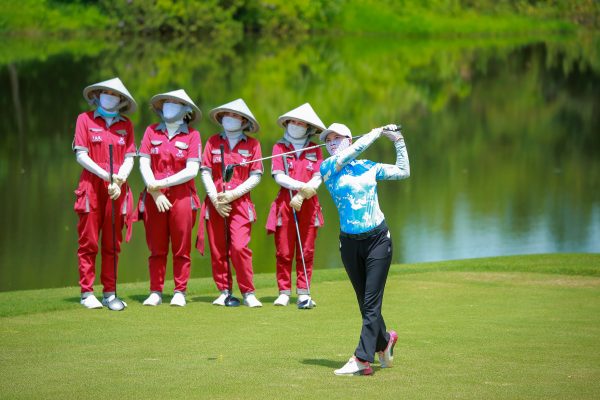 Much has been said about the role famous American and British golf course designers such as Nicklaus, Faldo, Dye, and Trent Jones in Thailand, but how about the Japanese?
Much has been said about the role famous American and British golf course designers such as Nicklaus, Faldo, Dye, and Trent Jones in Thailand, but how about the Japanese?
Well, in the next 2 articles I will focus on Japanese designers who have contributed to the development of golf here in the Kingdom and I bet you will be surprised to learn about these great golf course designers in their own right!
With golfing in Thailand being so popular with the Japanese, it was inevitable that some of Japan’s best designers would build courses here. World-renowned Yoshikazu Kato, is the designer of arguably Thailand’s No. 1 golf club, Blue Canyon Country Club. Located in the northwest of Phuket Island, the layout is cradled in a secluded, verdant valley, against a backdrop of the majestic Phang Nga mountains and Andaman Sea. Blue Canyon offers two award-winning 18-hole championship golf courses: the Canyon Course built in 1991 and the Lakes Course in 1999.
Developed from an abandoned tin mine and rubber plantations, both courses are molded around existing canyons and woodlands, with minimal changes to the natural landscape. In an age when many of Asia’s new golf courses are little more than man-made reconstructions of the environment, Mr. Kato, went to great extremes to ensure that interference with nature was minimized.
Blue Canyon shot to international acclaim when it hosted the 1994 Johnny Walker Classic – the event has returned there a twice more – with its famed signature 14th hole attracting some real attention as it drew many of the world’s best golfers into the drink.
That par 3 14th has a large kidney shaped island green, sitting just 170 yards from the tee box, which narrows down to a slim landing zone on its left. From 40 feet above the hole and the wind creating an annoyance, few greens end up looking, and playing, so much smaller. Just remember, as your ball fails completely to hit any part of the putting surface, that Greg Norman and Nick Faldo went the same way as well.
The 13th hole features a wide, yawning canyon in front of the tee box and extending for a good 200 yards on to the right. A sensational carry is necessary to set up an easy approach. The alternative is to play well left and away from the green to leave your self not less than 150 yards and a steep uphill climb to the green. This hole is more of a test of character than it is of real ability.
The Lakes course site pre-construction was basically the same make-up as the Canyon course: a mix of rubber plantation and water filled canyons created by open-cast tin mining, but combined with more water hazards – water comes into play on 17 holes. Only holes 17 and 18 flow consecutively in the same direction. Gradual undulations make for a generally easy walking course. The 18 holes run continuously rather than two loops of 9. The 18th hole is probably the hole you will remember best – from the Championship tee there may not be a harder finishing hole anywhere in the world! The Blue Canyon Lakes course underwent an extensive renovation in 2006. While the original layout was for the most part retained, significant shaping of fairways and greens added to the overall challenge making the Lakes Course a championship layout on par with it’s big brother, the Canyon Course.
Yoshikazu Kato designed another golf course. Treasure Hill Golf & Country Club located in Pattaya is a pleasant and peaceful layout. Nestled into a valley surrounded by jungle-clad hills, no cars or housing estates disturb nature; this course is one of the lesser known Pattaya golf courses. Many locals enjoy the site as a great way to avoid the courses frequented by the mass of tourists who descend on Pattaya each winter. While the design is fit to be a Kato masterpiece, the current playing conditions are less than stellar. Let’s hope the local Thai management decides to utilize the course design to it’s fullest in years to come and places a higher priority on course upgrading, operations, and ongoing maintenance.
My next post will feature other Japanese designers of Thailand golf courses.
This post has already been read 308 times!







